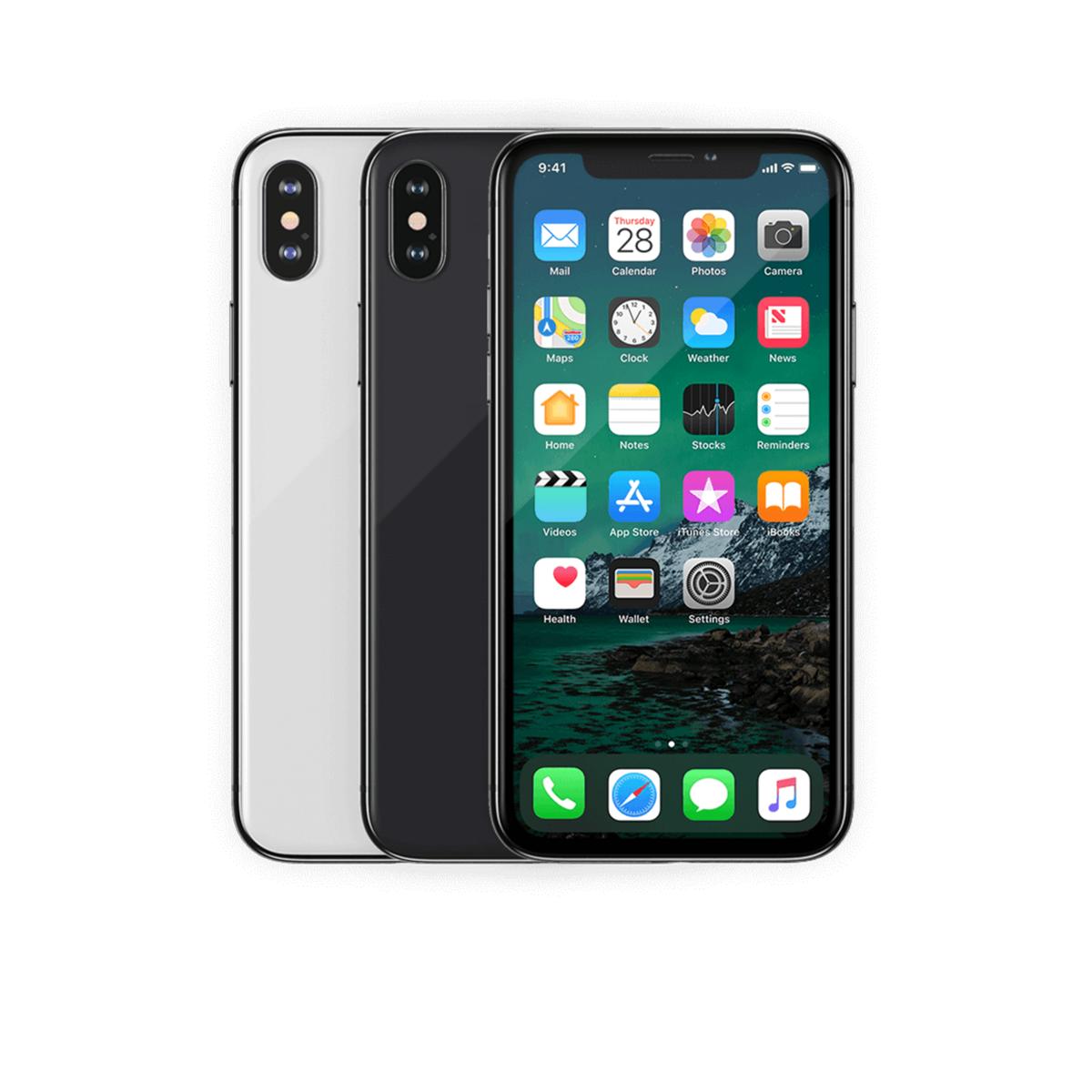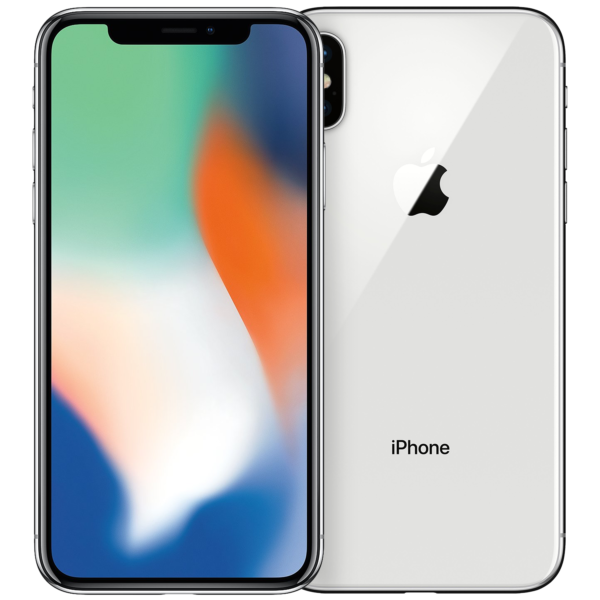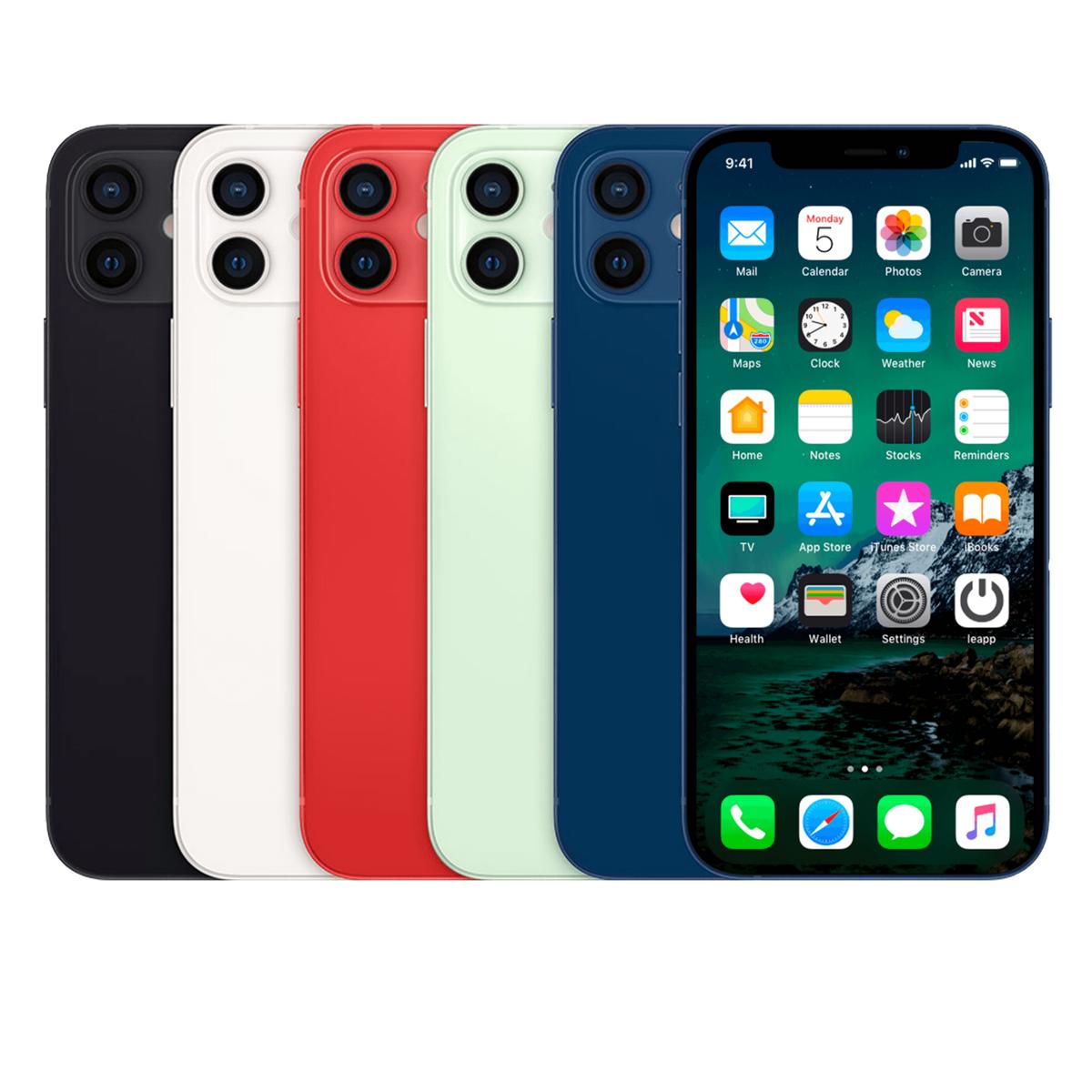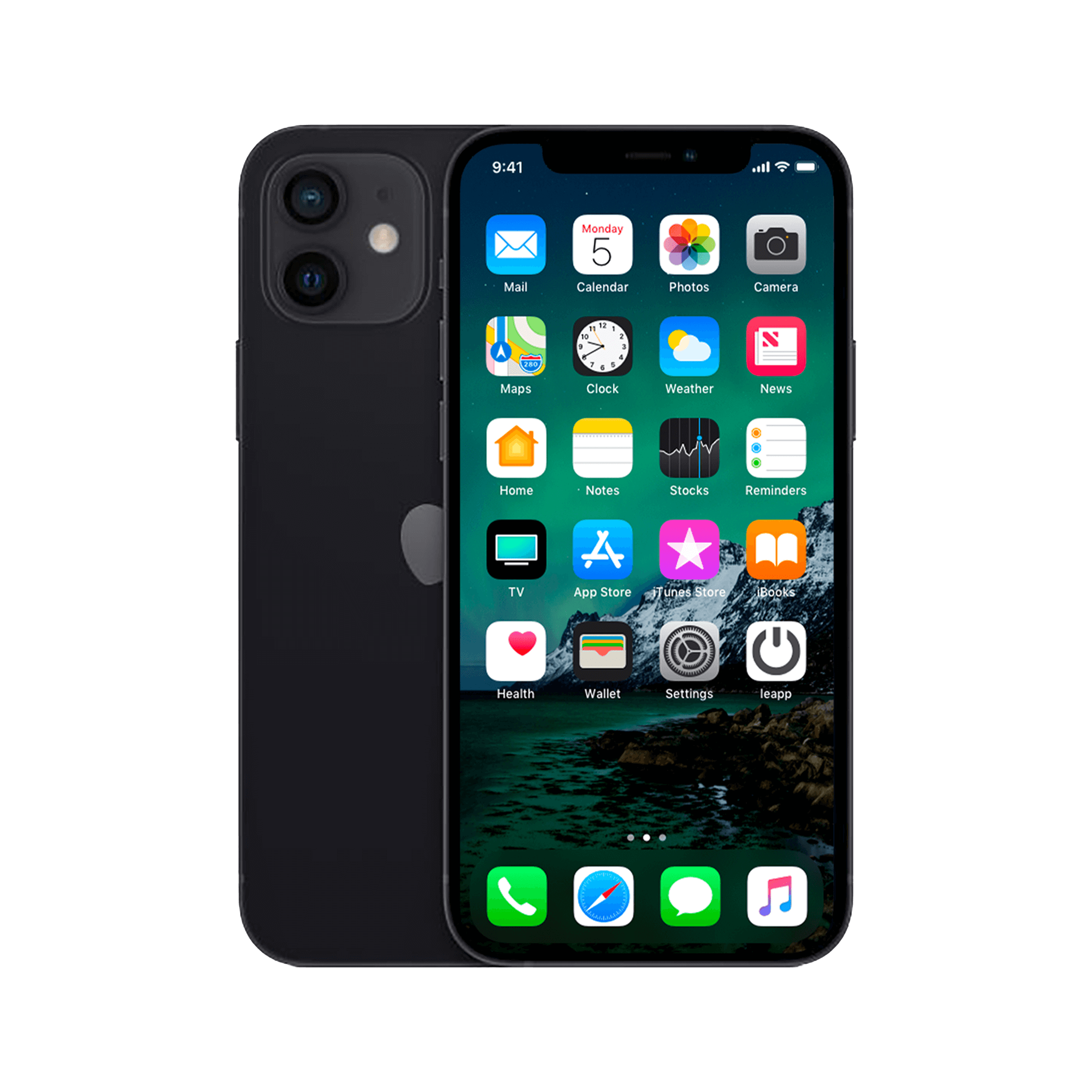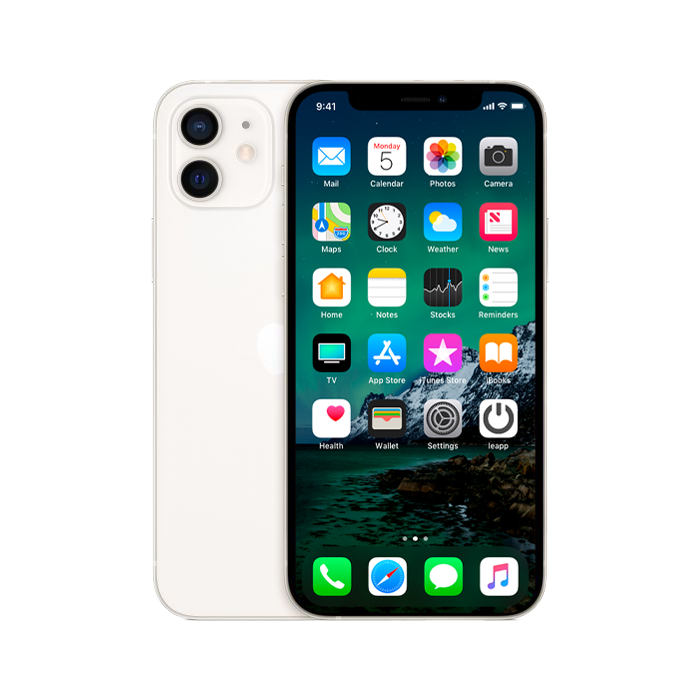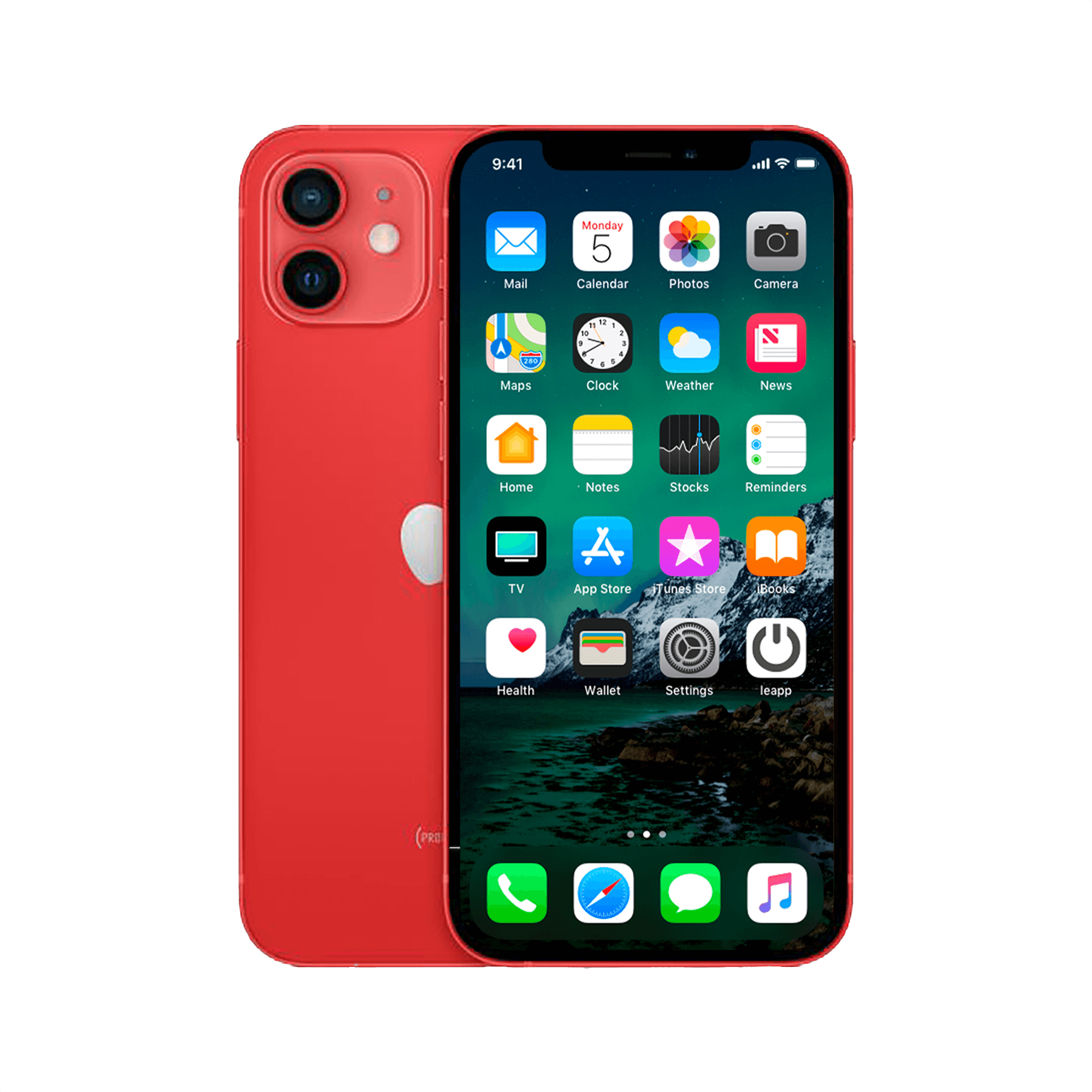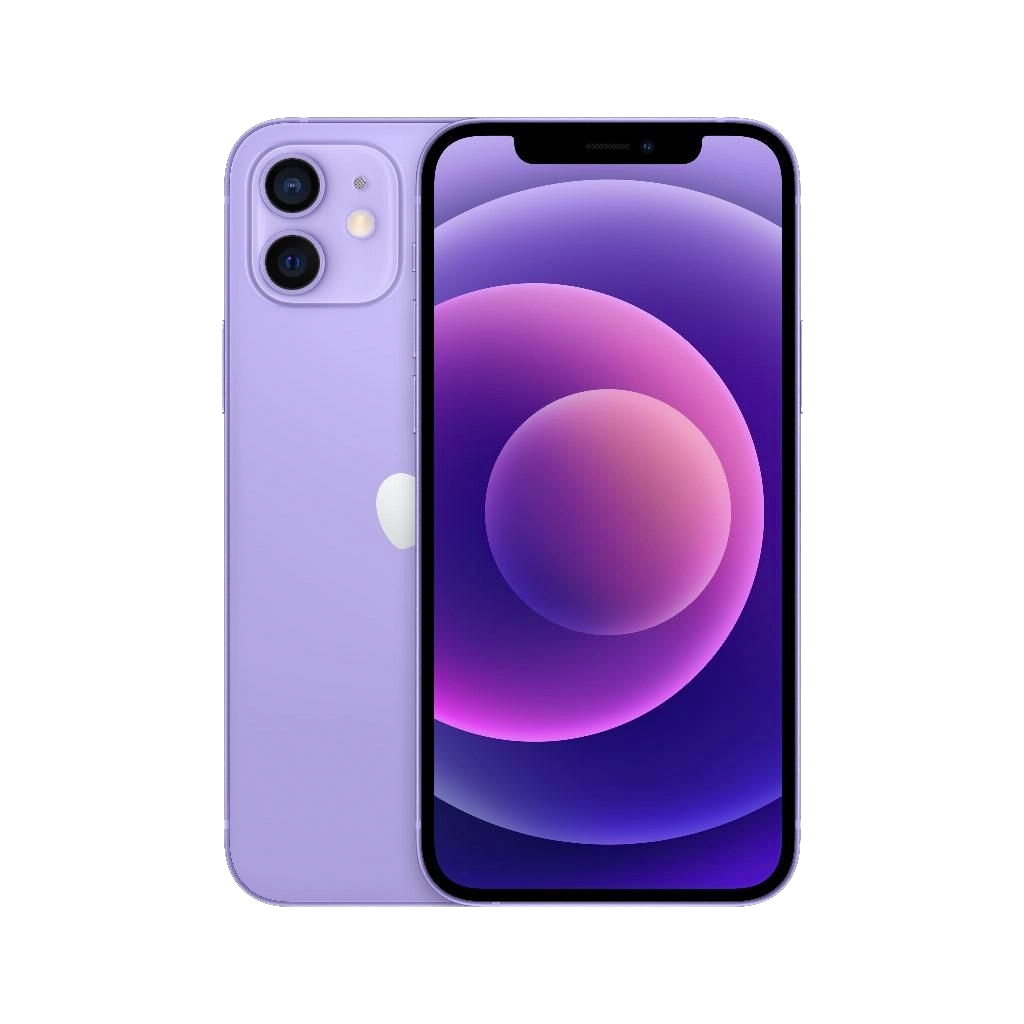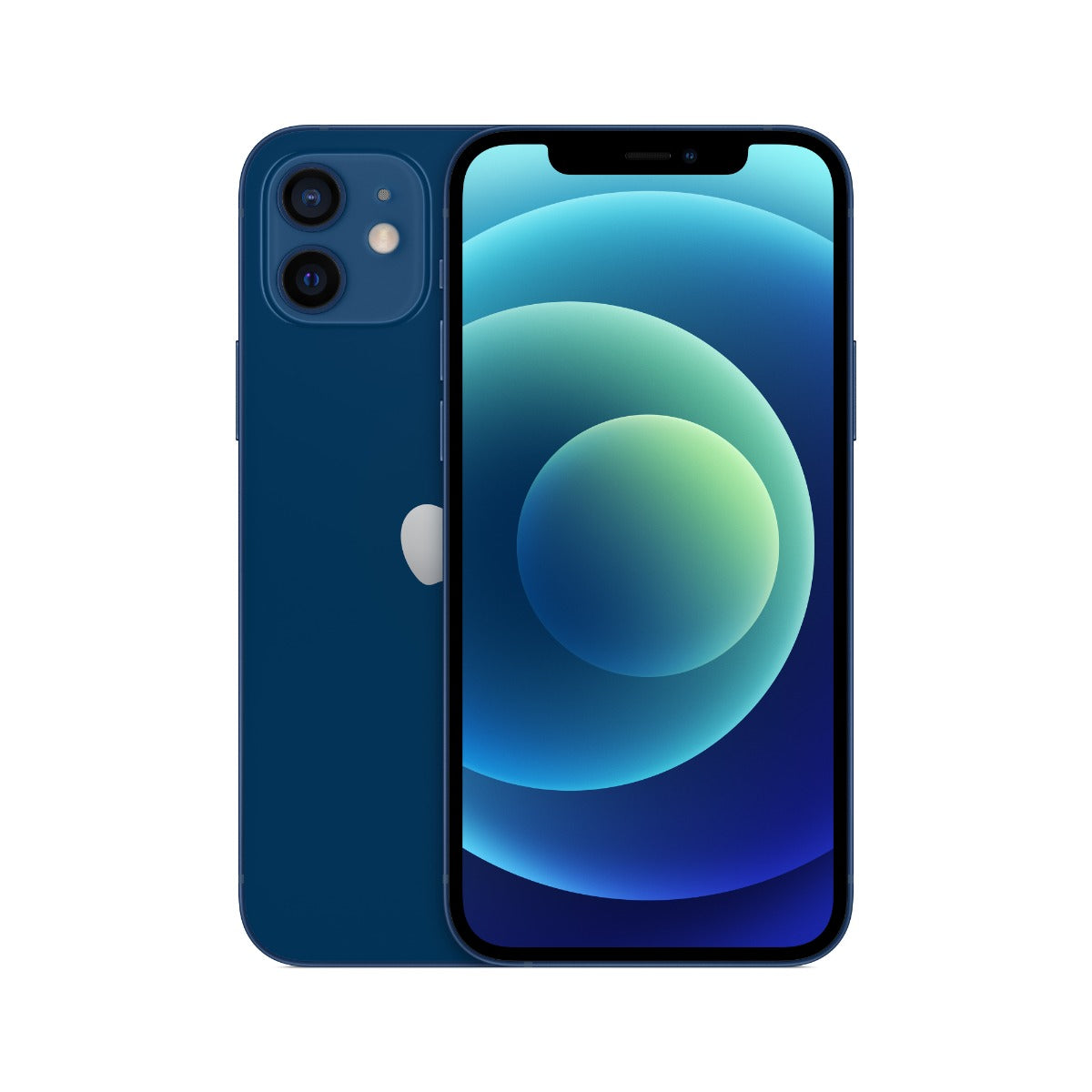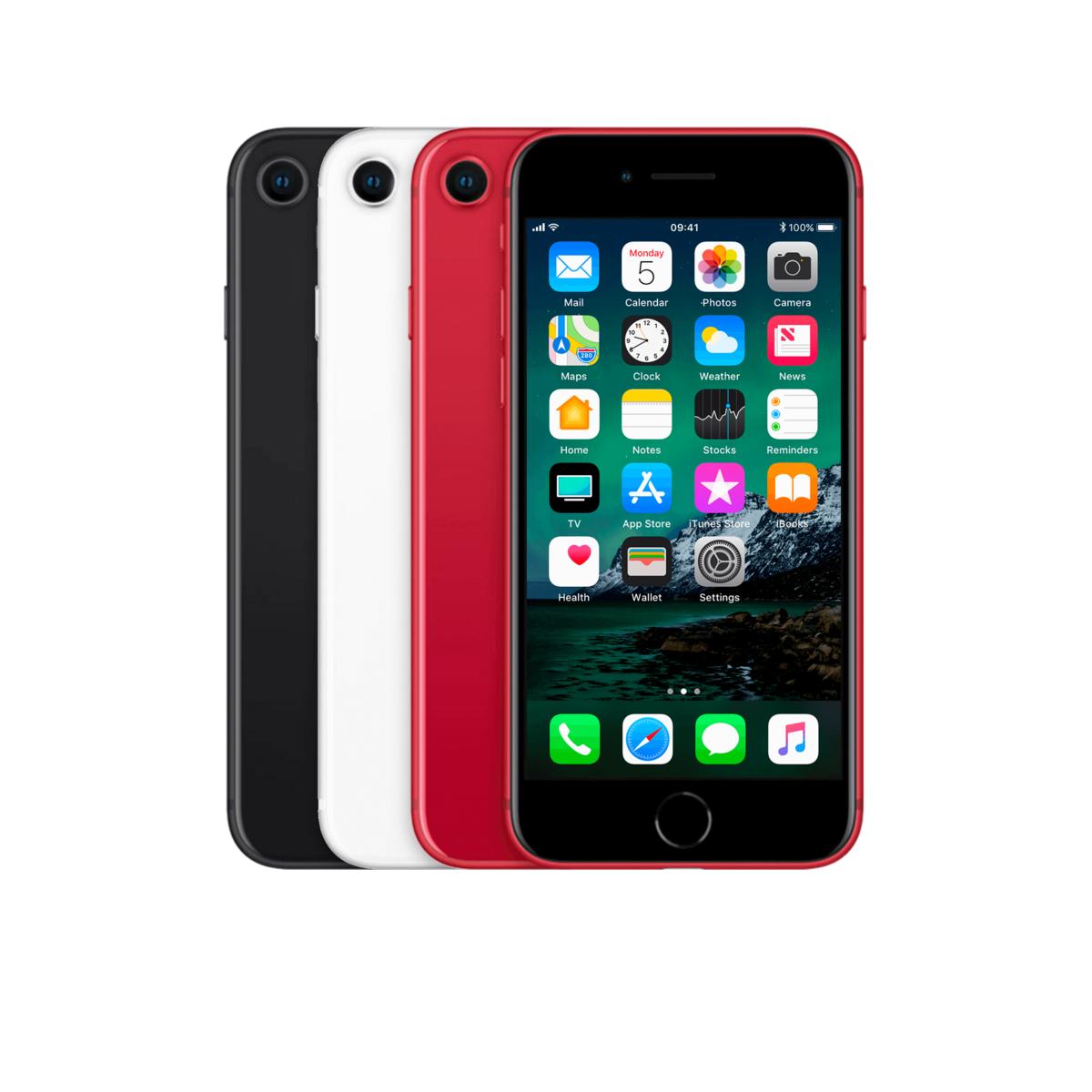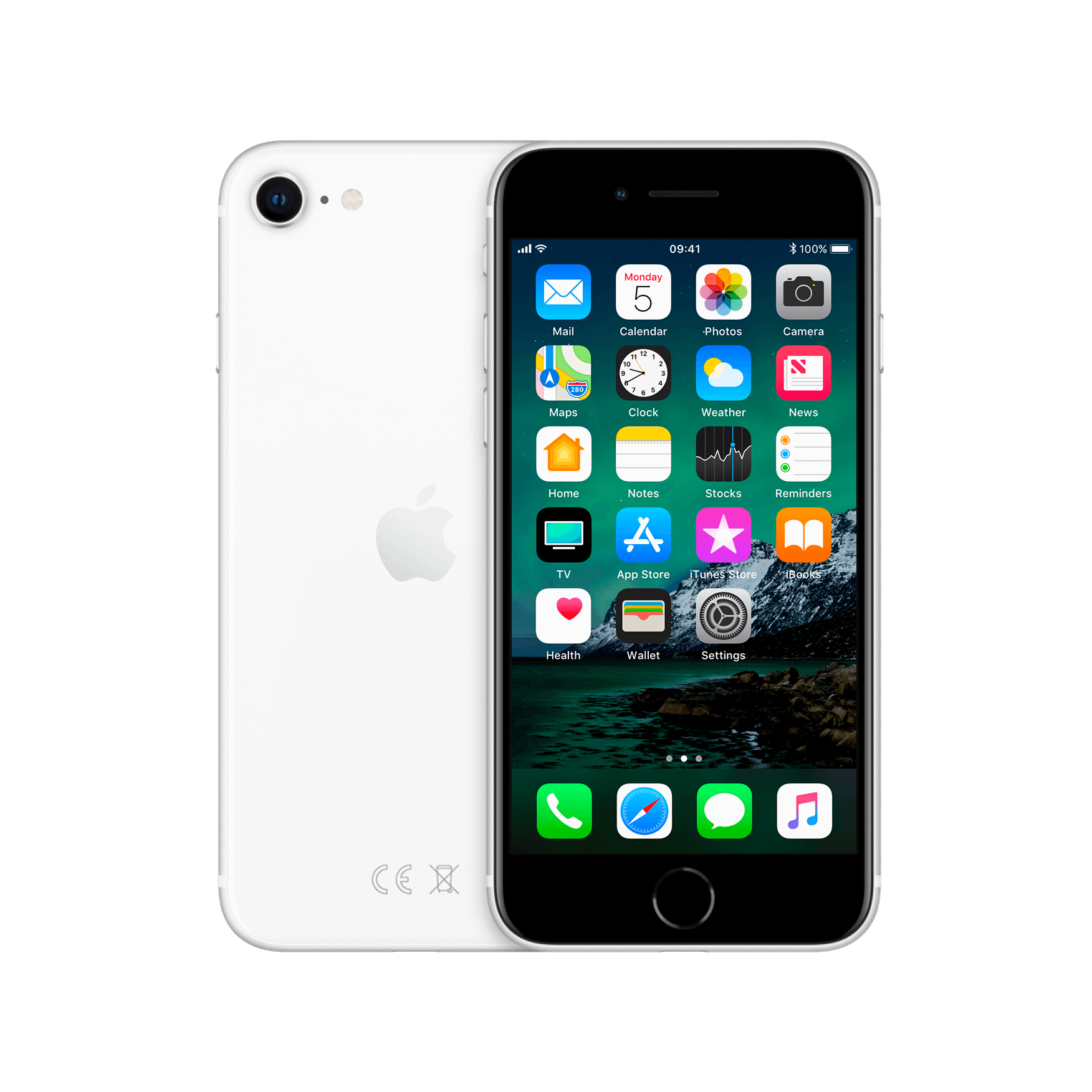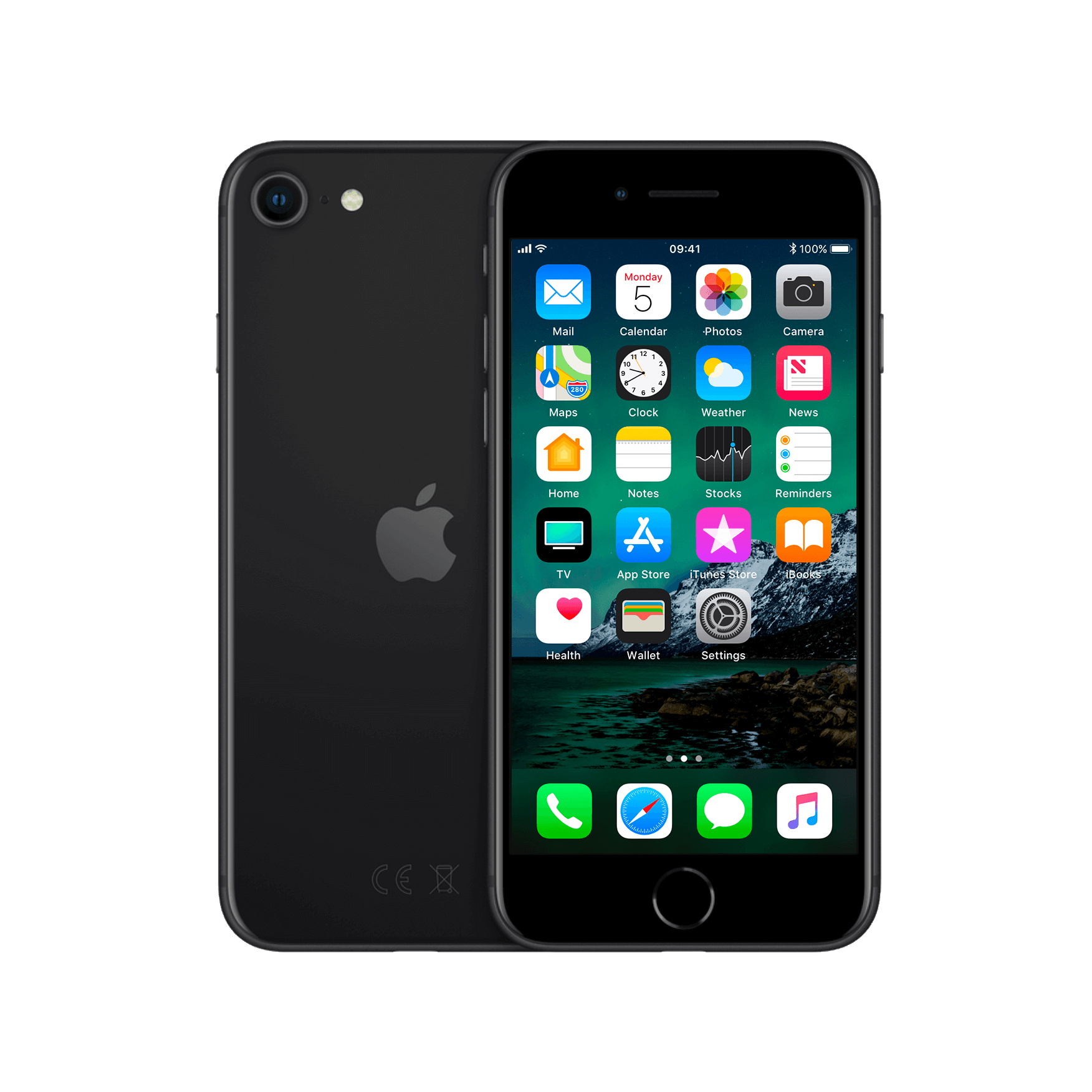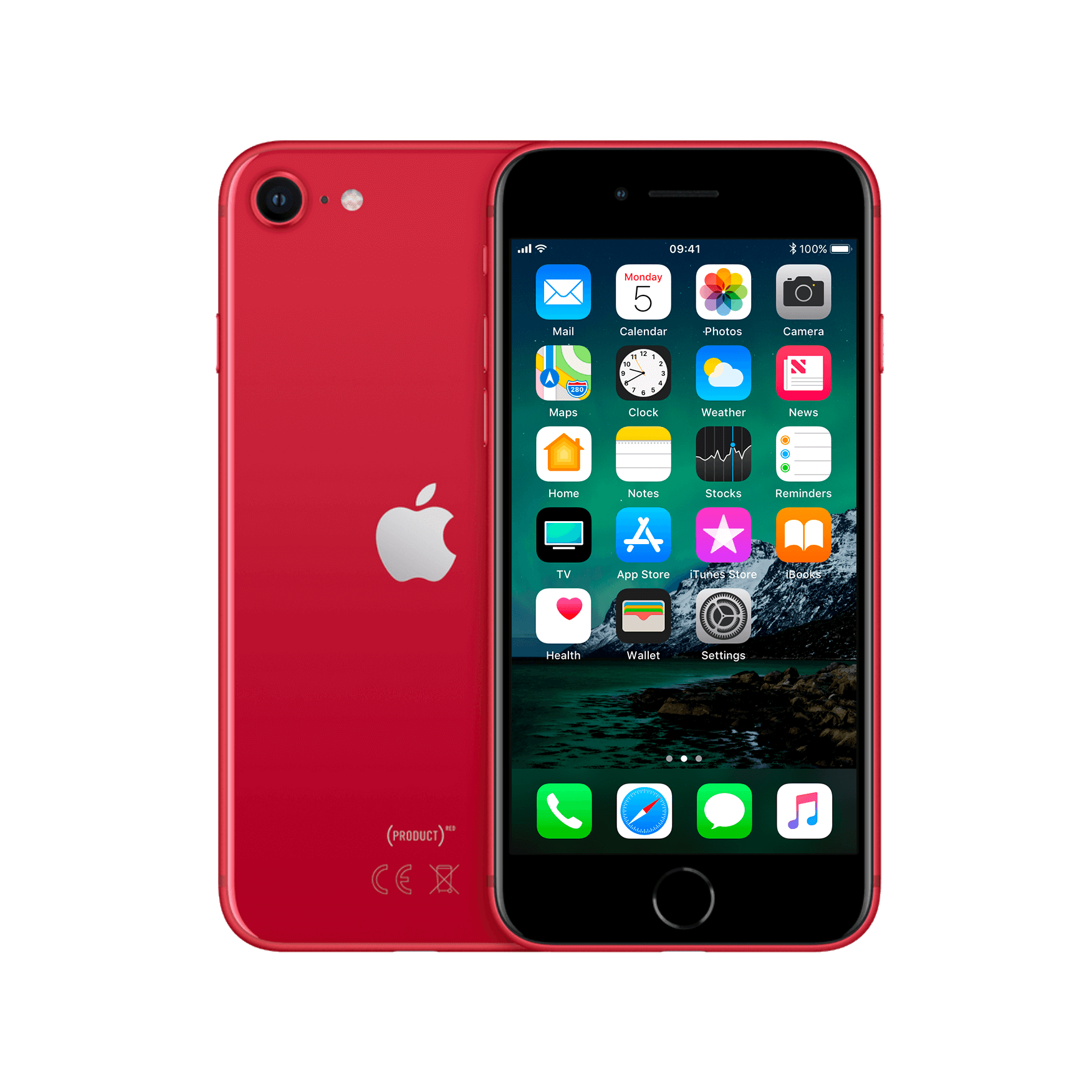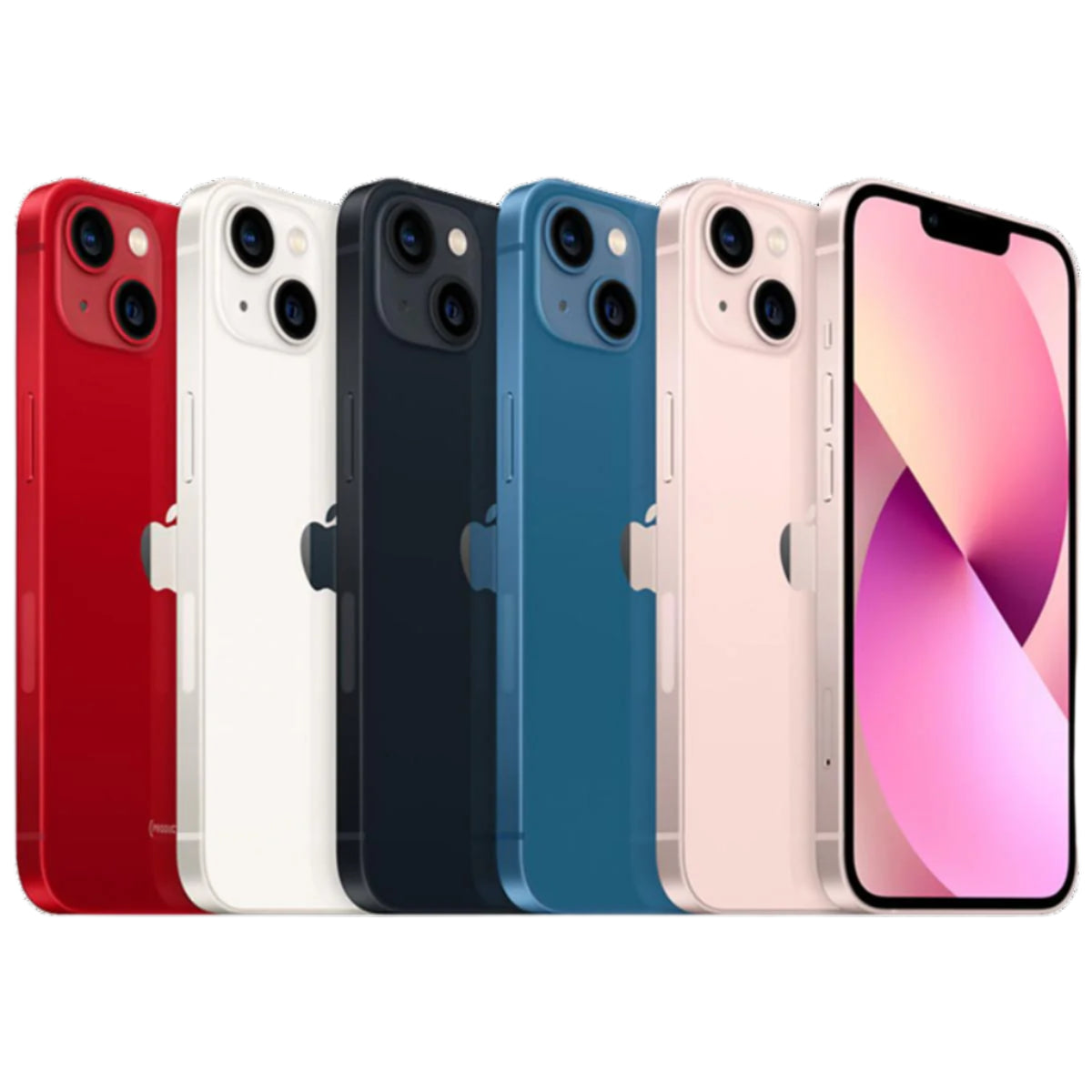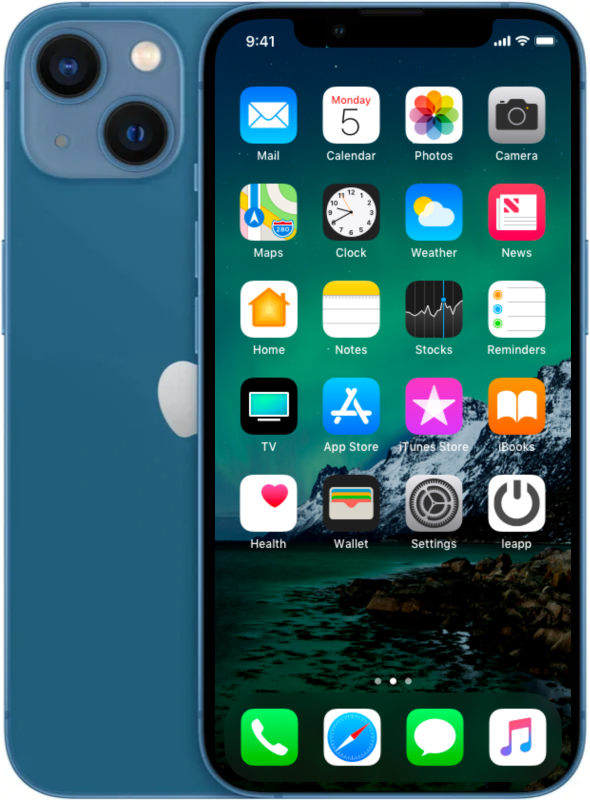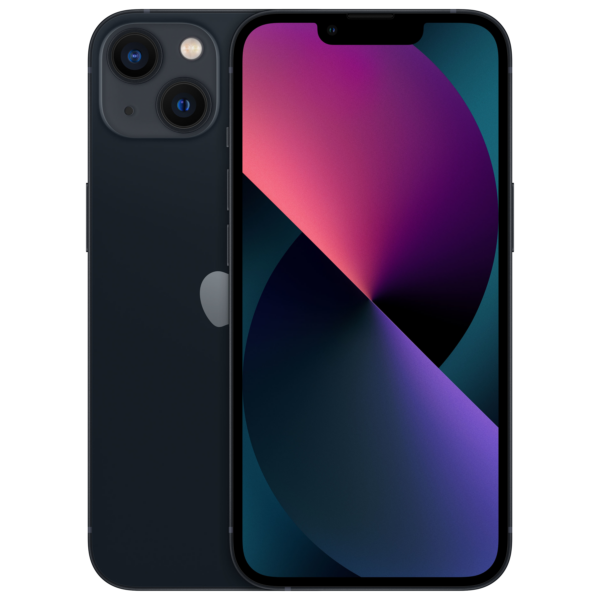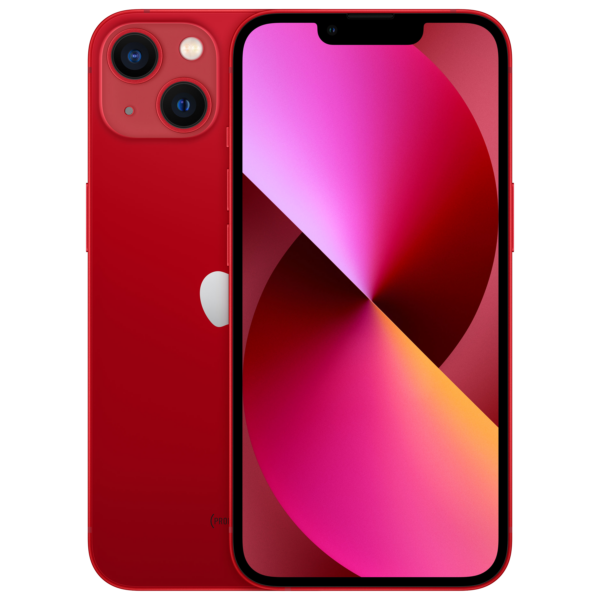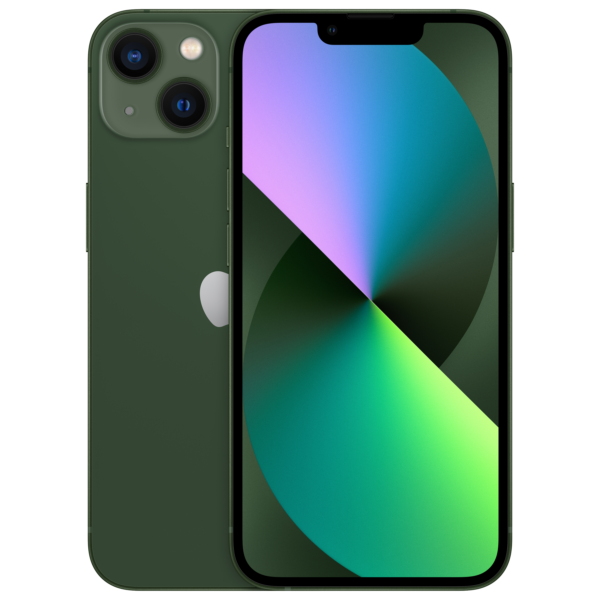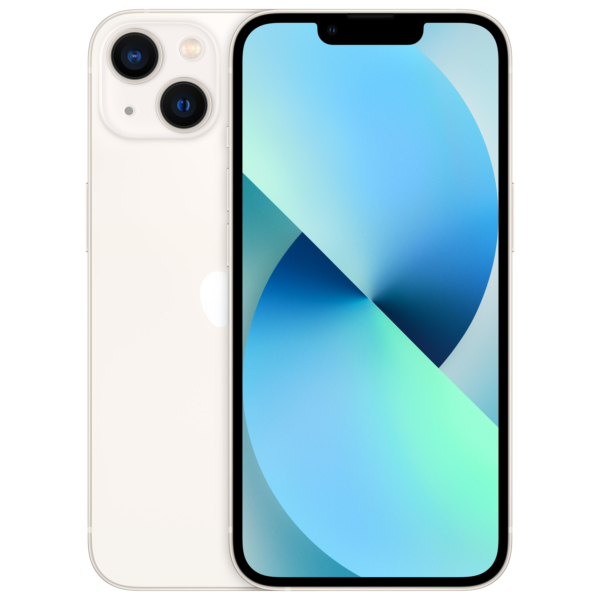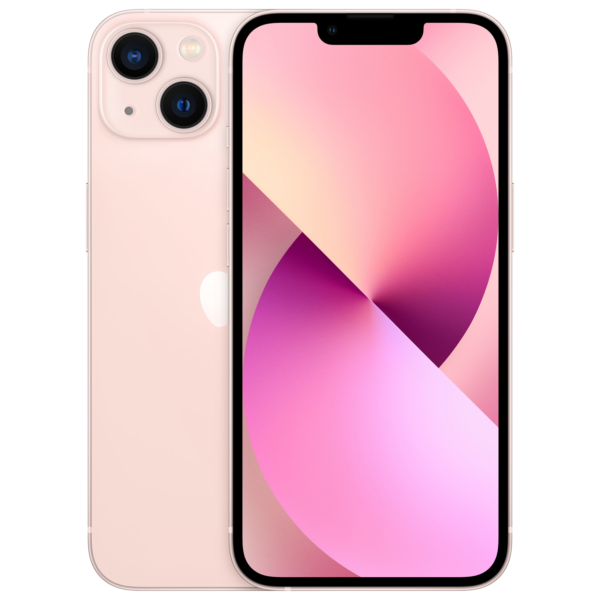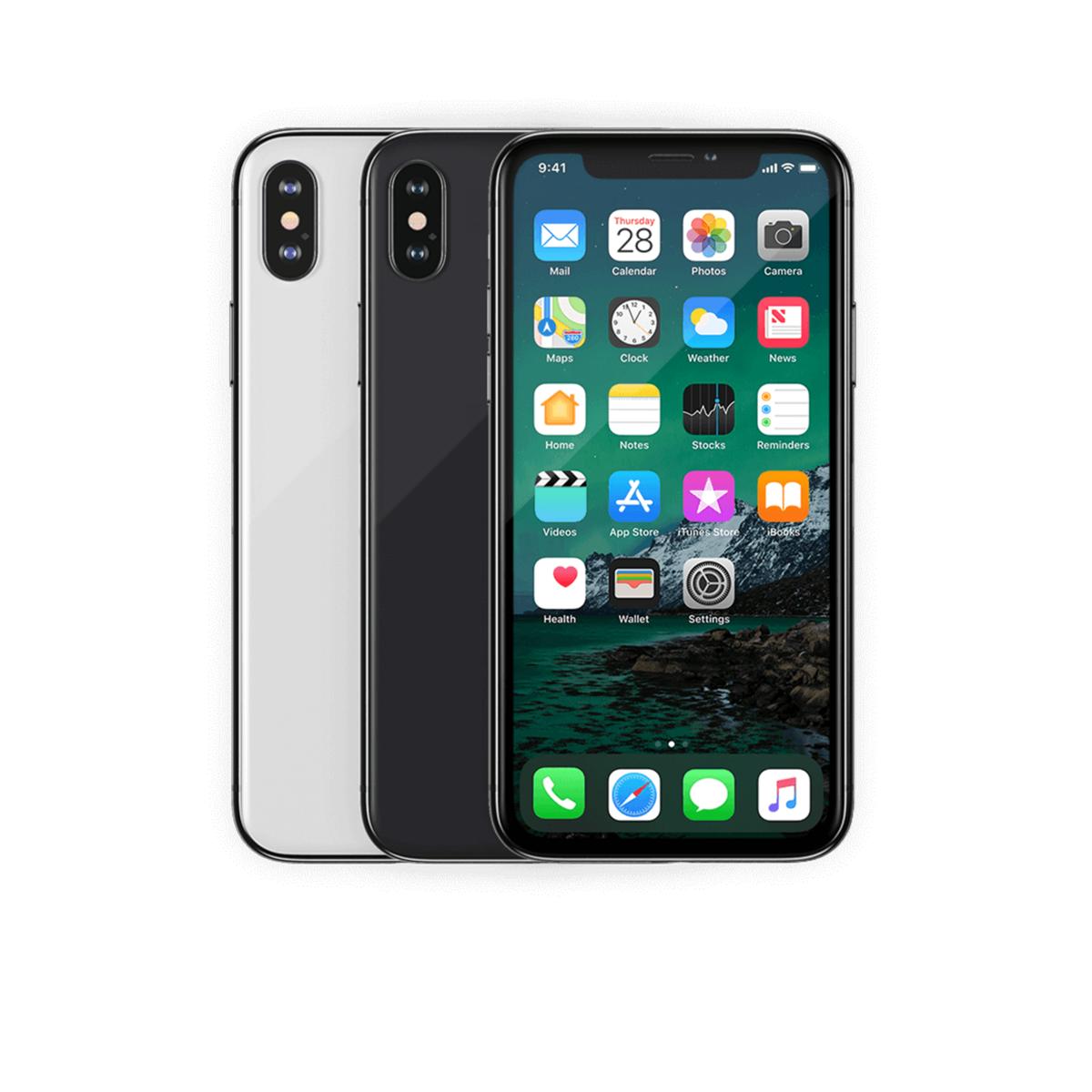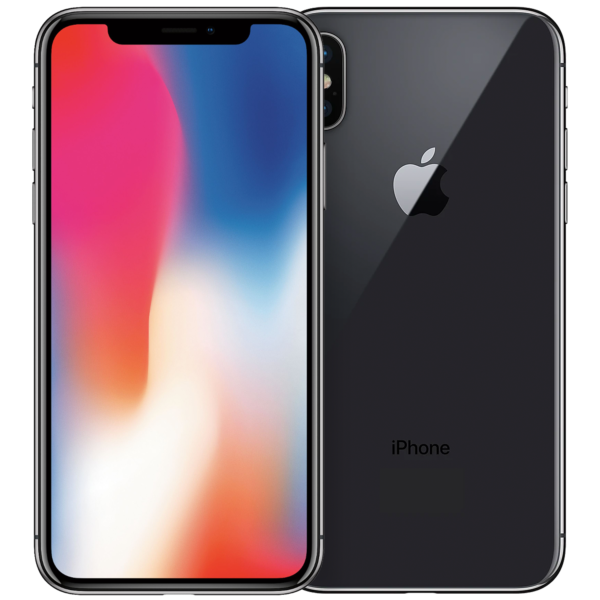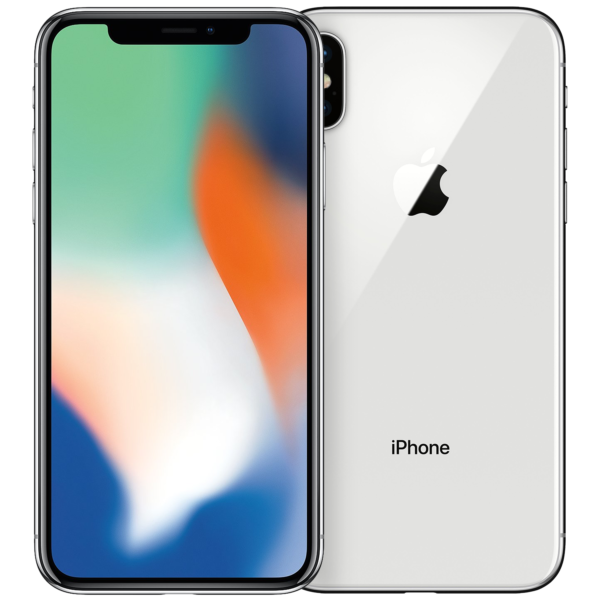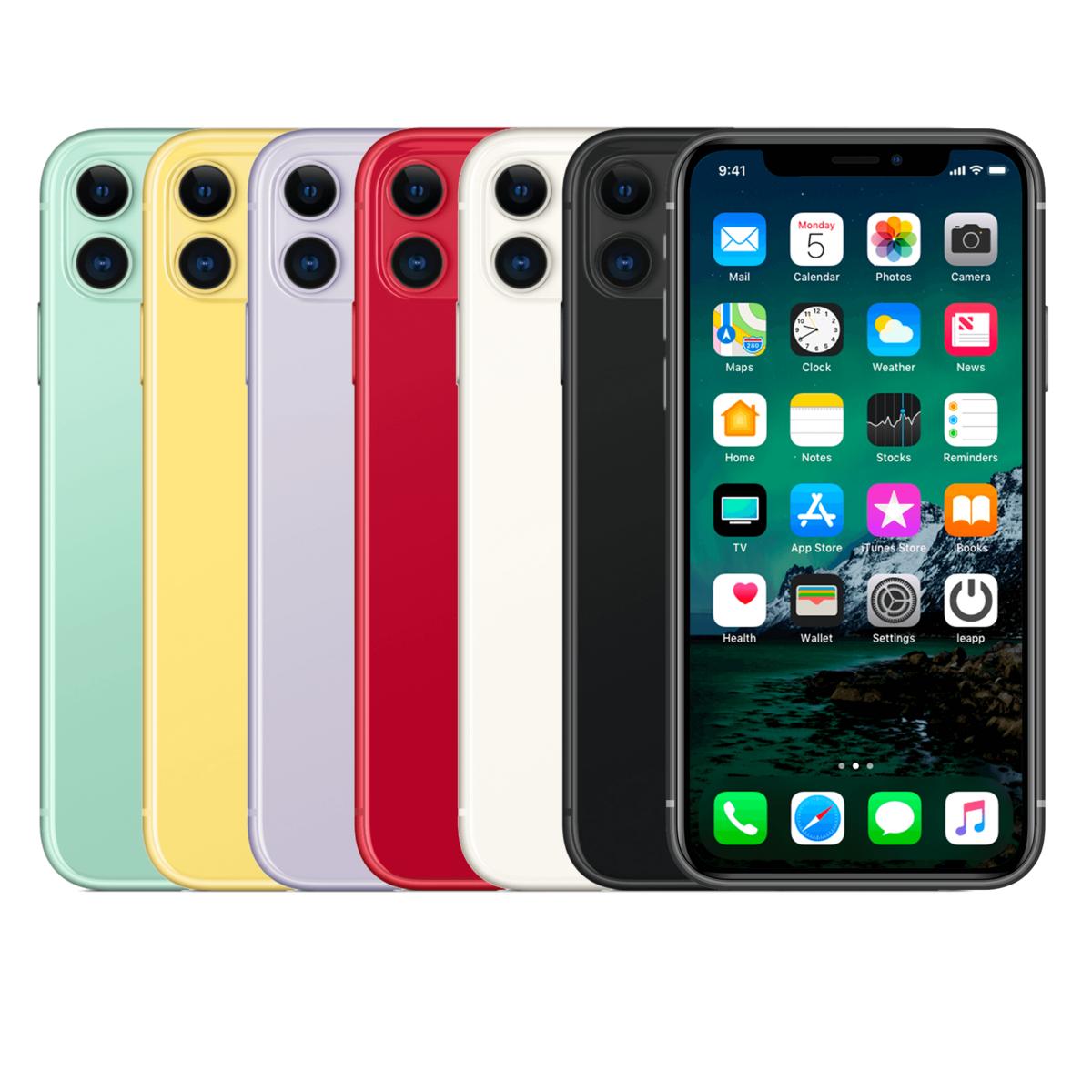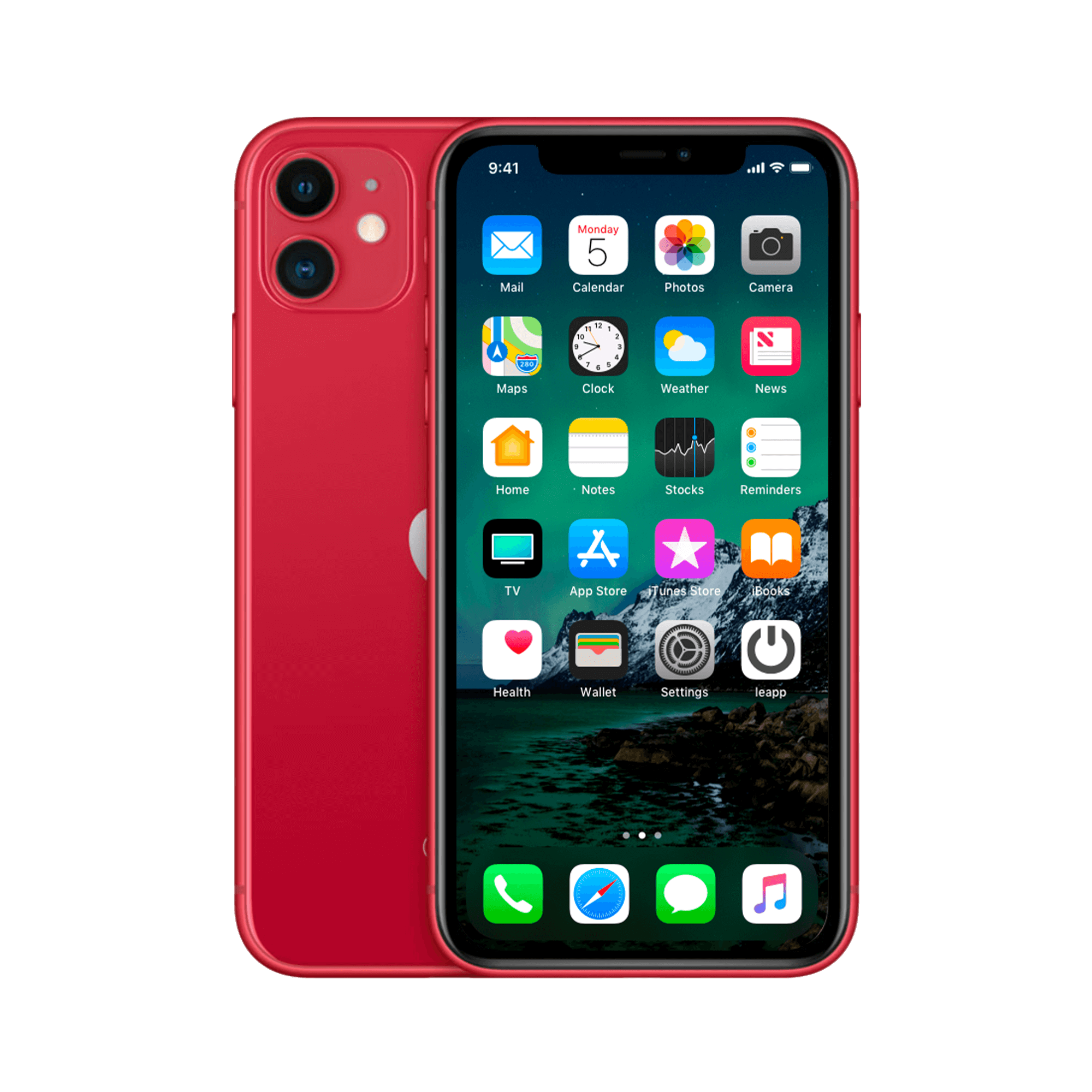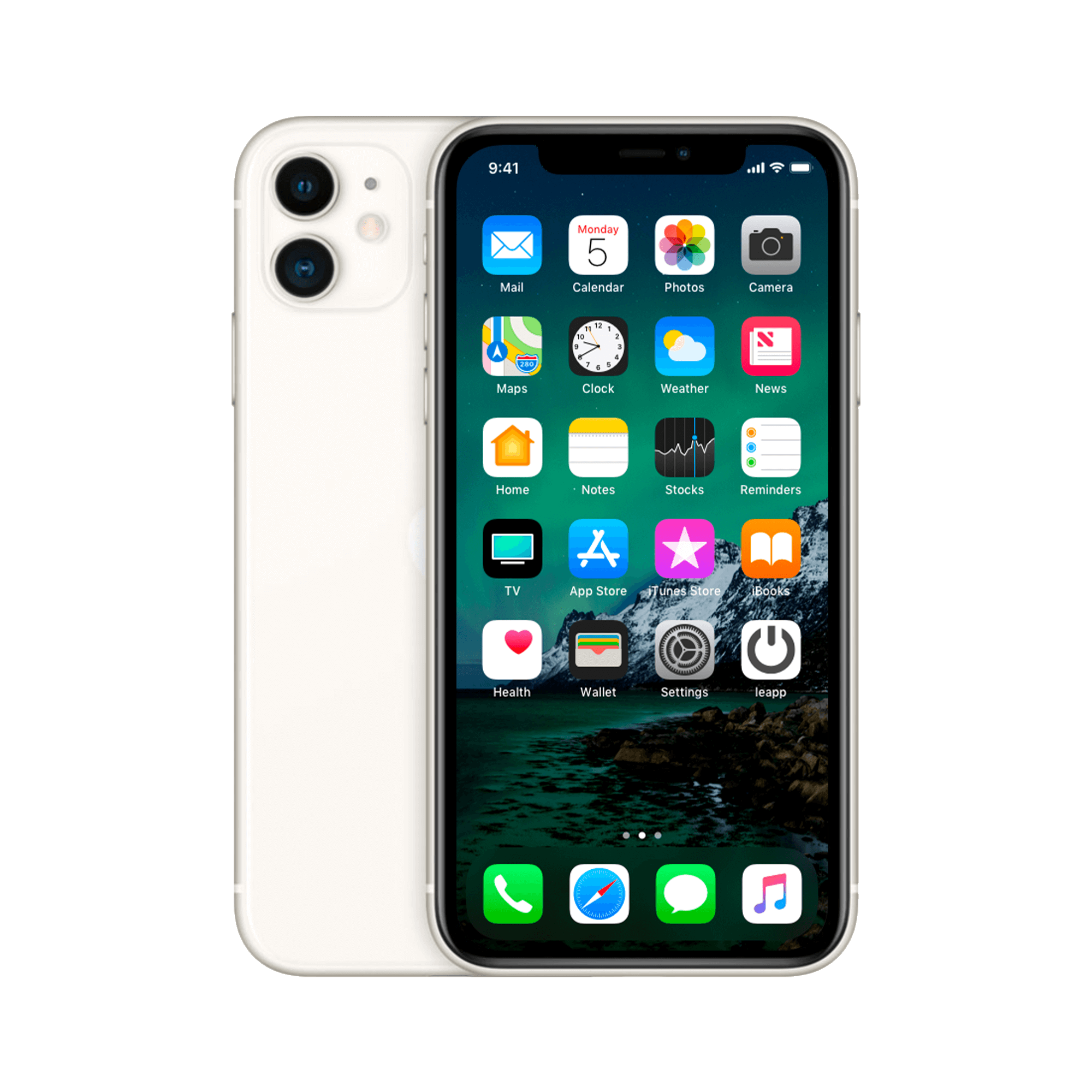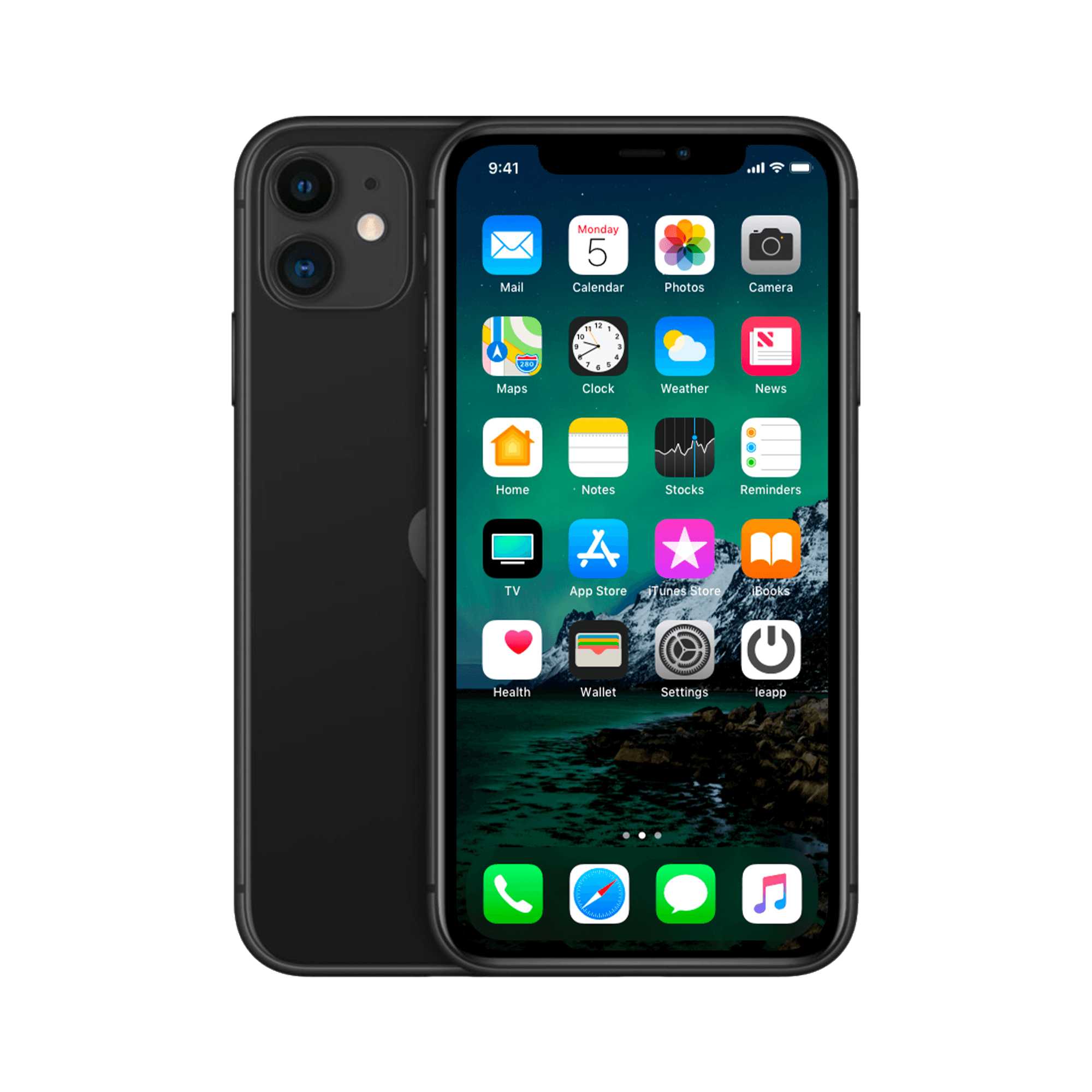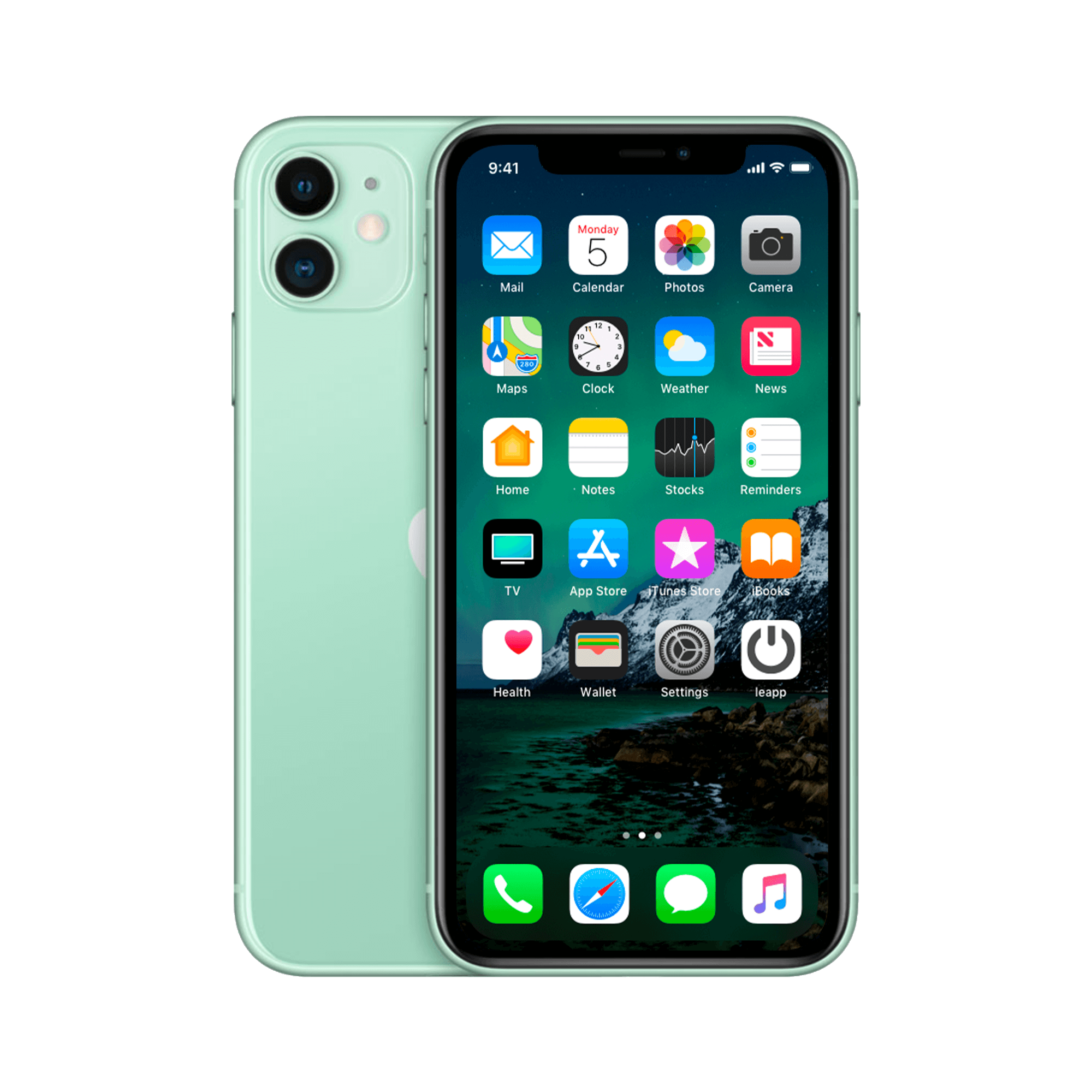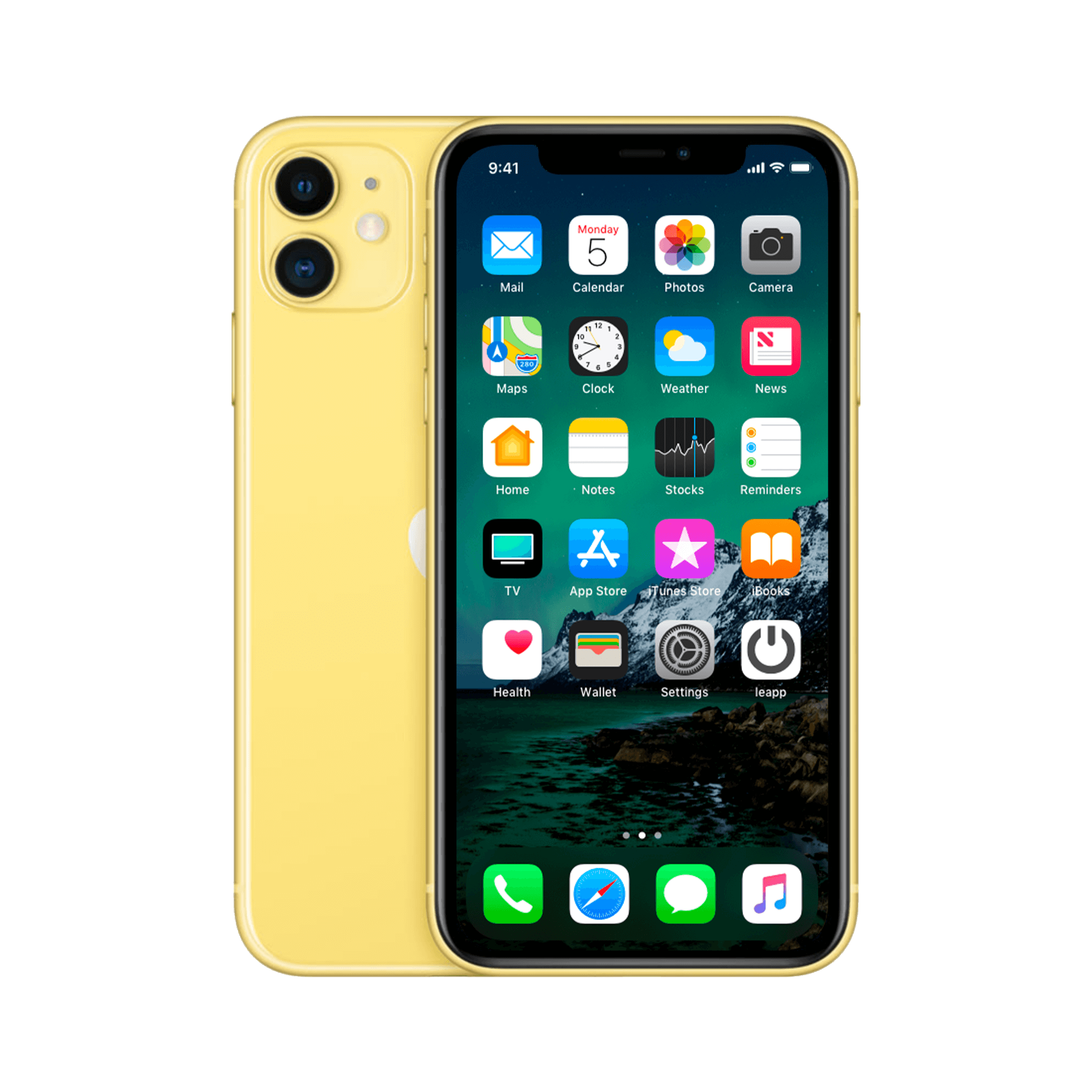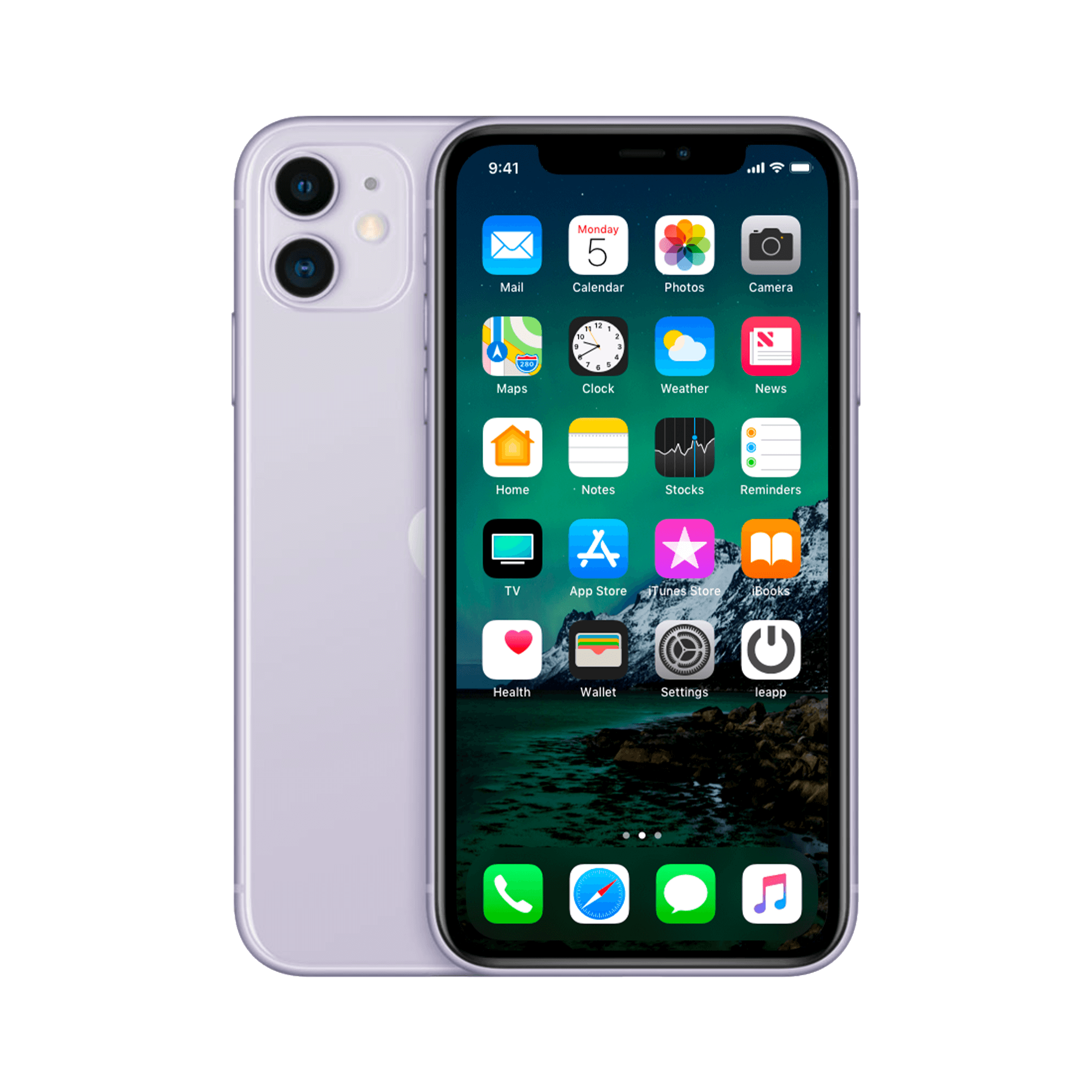The iPhone Revolution: How a 'Toy' Changed the World
A phone with no keyboard. No stylus. Just a screen. In 2007, that sounded like pure madness . Tech nerds laughed. Nokia executives called it a toy. Blackberry saw no threat. But while the establishment was sneering at that expensive Apple contraption, something remarkable happened. Within three months, Apple sold a million units .
The strange thing is: the first iPhone was objectively quite limited. No app store. Slow internet connection. Terrible camera quality. Compared to a modern iPhone, it was nothing. Yet, this half-baked device changed everything. Not because of what it could do, but because of what it promised . It sparked a movement that turned the entire phone industry upside down. And no one saw it coming. Not even Apple. How a device with so many limitations could conquer the world? The story is more fascinating than you might think.
Useful links:
The technical specifications that changed everything
The first iPhone, from 2007, had specs that now seem laughable. A 3.5-inch screen with a 320 x 480 pixel resolution. A 412 MHz processor. Only 128 MB of RAM. A 2-megapixel camera with no flash, no video recording, and no front-facing camera. Storage capacity of 4, 8, or later 16 GB with no expansion options.
Compared to a modern iPhone, these figures are ridiculous. Yet, Apple sold one million units within 74 days. At the time, the device cost $499 for the 4GB model and $599 for the 8GB. In the Netherlands, the device wasn't available until November 2007 for around €400 with a contract.
Why the lack of features was actually its strength
The first iPhone was noticeably lacking. No App Store—that didn't arrive until a year later with iPhone OS 2.0. No way to install third-party apps. No copying and pasting text. No MMS for sending photos. No video calling. No multitasking. Not even an option to customize the home screen wallpaper.
Nokia phones were capable of much more back then. A Nokia N95 had a better camera, faster 3G internet, GPS navigation, and the ability to install apps. Yet, the iPhone felt more modern. The secret lay in the user experience. The device didn't do much, but what it did, worked intuitively.
The touchscreen as a revolution
The capacitive touchscreen was the real breakthrough. Other smartphones used resistive screens that required pressure, often with a stylus. The iPhone responded to the warmth of your finger. You could zoom in by spreading two fingers. Browse photos by swiping. Scroll through lists with a natural gesture.
This multi-touch technology already existed, but Apple perfected its application. The rubber-band effect of scrolling, where content bounces back at the end of a list, made the interaction human. Software and hardware worked seamlessly together.
The impact on the entire industry
Within two years of its launch, the traditional smartphone market collapsed. BlackBerry, once the market leader among business users, lost 95% of its value. Nokia, which still held a 40% market share in 2007, sold its phone division to Microsoft. Palm disappeared. Windows Mobile died a silent death.
Manufacturers that survived did so by copying the iPhone concept. Samsung's first Galaxy phone, released in 2009, looked suspiciously like the iPhone. Google abandoned its original Android plans and developed a touchscreen operating system. The lawsuits that followed dragged on for years.
The birth of the app economy
The App Store launched in July 2008 with 500 apps. Within three days, 10 million apps were downloaded. For the first time, developers could sell their software directly to millions of users without the intervention of telecom providers.
This created a completely new economic system. Companies like Uber, Instagram, and WhatsApp could only emerge thanks to the platform provided by the iPhone. In 2023, the App Store generated over $100 billion in revenue worldwide.
The evolution to modern iPhones
The differences between the first iPhone and current models are enormous. A modern iPhone has a screen up to 6.7 inches with a resolution four times sharper. The processor is over 100 times faster. The RAM is 48 times larger. The cameras take photos with a quality that surpasses professional cameras from 2007.
Yet the fundamental principles remain the same. The home screen with app icons. Swiping between screens. The focus on simplicity and ease of use. Apple changed details, but the fundamental concept remained intact.
Technology that is taken for granted today
We now take many innovations from the first iPhone for granted. Automatic screen rotation via the accelerometer. Visual voicemail where you can listen to messages in random order. The proximity sensor that turns off the screen during calls. Automatic brightness adjustment.
These features seem simple, but they took years of development. Apple integrated existing technologies in a way no one had done before. The result was a device that felt like magic.
Why the first iPhone is still relevant today
For collectors, a working first-generation iPhone has become a true collector's item. Good-condition units fetch hundreds of euros. Some unused models in their original packaging sell for thousands of euros.
But the true value lies in the lessons the device learned. That limitations can lead to better products. That user experience is more important than specifications. That one well-executed feature is worth more than ten half-baked ones.
Companies are still studying the launch of the first iPhone. How Apple created an entirely new product category. How they convinced consumers to pay $600 for a phone. How they built an ecosystem that became worth billions.
The future that the first iPhone made possible
Without the first iPhone, the world would have been fundamentally different. No social media as we know it today. No mobile banking. No navigation apps. No streaming video on the go. The smartphone became the most important device in our lives, more important than the computer for many people.
Refurbished iPhones now make this technology accessible to everyone. A used iPhone 12 offers more capabilities than even the most expensive computers from 2007. For a fraction of the price, you get access to the same apps, services, and features as with a new device.
The circle is complete. What began as an exclusive luxury product for early adopters has become essential technology that must be available to everyone. The democratization of the smartphone is perhaps the greatest impact of that first iPhone in 2007.
A paradox that changed the world
The first iPhone was a paradox: technically inferior but revolutionary in use . It proved that user experience, not specs, determines what people truly want. That 412 MHz processor and 2-megapixel camera changed the world more than any other supercomputer. They brought an entire industry to its knees and created an economy worth billions.
Today, those groundbreaking features have become commonplace, available in every refurbished device for a fraction of the original price. Sometimes you don't need perfection to change everything. Sometimes , good enough is just enough .


